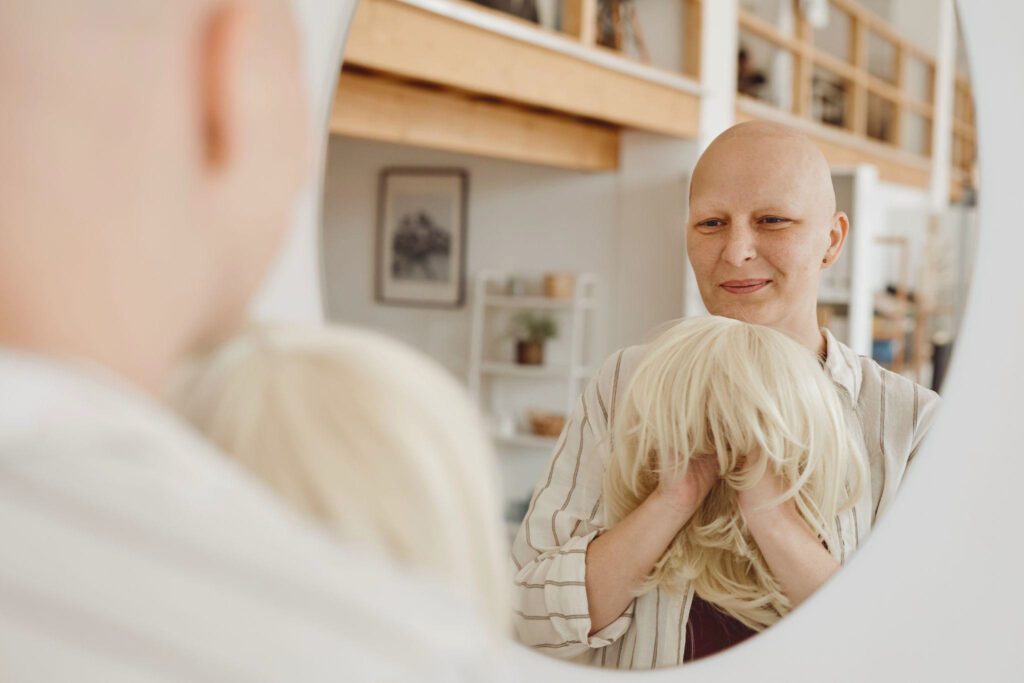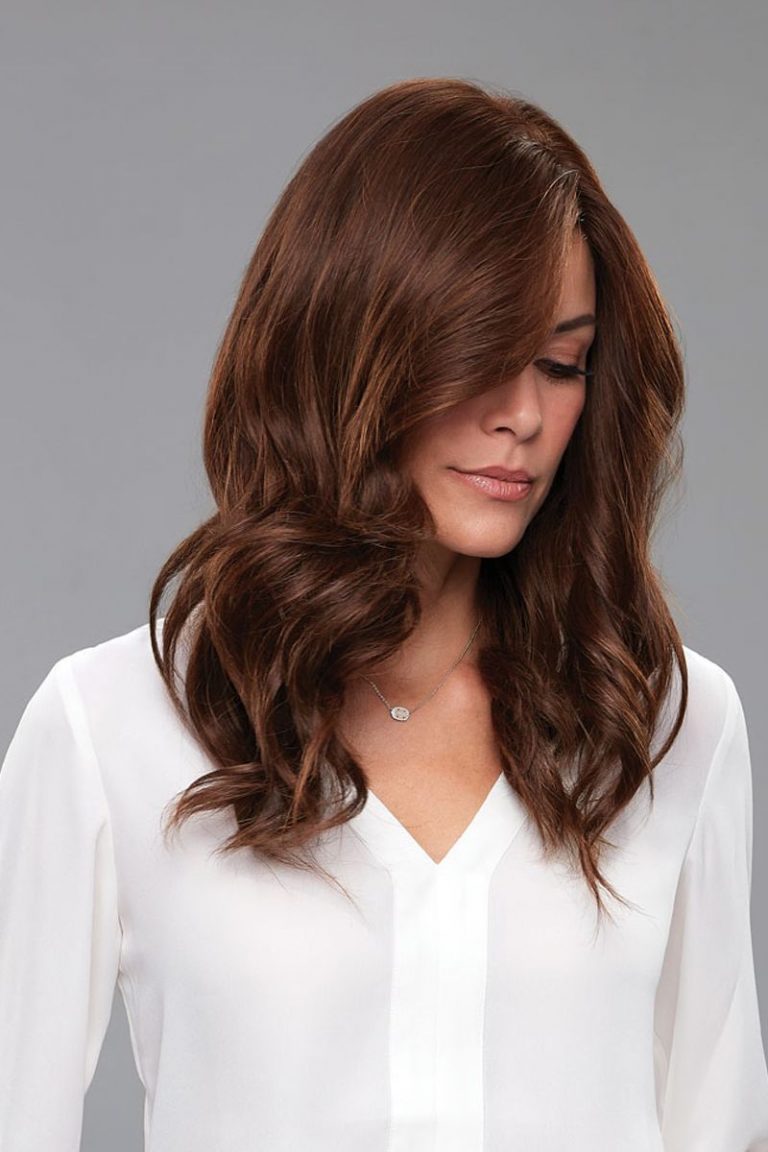Coping with Hair Loss American Cancer Society
Table Of Content

The sort of size you are looking for is this sort of one, you can see it’s quite big that’s the sort ideal size of head scarf. This is cotton so it’s got a little bit of grip it’s not going to slide. The problem is this is a really beautiful scarf but this is silk. The trouble with silk is that if you tie it, you think it is secure it tends to slip so it is much better to choose a fabric with just that little bit of grip. Chemotherapy is the type of cancer drug treatment most likely to cause hair loss. Hair loss is one of the most well known side effects of cancer treatment.
When — and how — should you be screened for colon cancer?
Some people may notice hair loss just a few days after their first infusion, whereas others may not lose all of their hair until several infusions have been completed. Chemotherapy drugs are designed to kill rapidly growing cells. Some cells, such as those in our hair follicles, divide rapidly and are affected by chemotherapy as well. Hair loss occurs as a result of chemotherapy or radiation treatment for your cancer. The medical name for your hair loss is alopecia (al-o-pee-sha).
action: 'healthbeat'
Cold cap treatment for some Saint John chemo patients reduces trauma of hair loss - CBC.ca
Cold cap treatment for some Saint John chemo patients reduces trauma of hair loss.
Posted: Tue, 26 Sep 2023 07:00:00 GMT [source]
And because it is crinkle cotton it will grip quite nicely. So again what you are doing is off- setting this, so we have got one end longer than the other. So if you just scrumple the ends, cross them over at the back and then that’s secured it. Then if you give it a little bit of a twist and go over the top. If you can try and tie a reef knot at the side it gives a flatter knot which is a nicer look.

Harvard Health Publishing
Male-pattern hair loss is what causes a receding hairline and baldness in men. In women, female-pattern hair loss typically affects the crown or top of the head first, Mirmirani says. Women may notice that their part is becoming wider or that their scalp is more visible. The effect of the cold cap reduces blood flow to the scalp and therefore the amount of chemotherapy medication that reaches that area.
Some treatments cause only partial hair loss or thinning, while others cause people to lose hair from all over their body. Some cancer treatments, like chemotherapy, make people lose some or all of their hair. Learn what you can do to help avoid or manage hair loss.
Can You Prevent Hair Loss in Chemo?
It generally becomes noticeable after about three weeks. Head hair usually goes first, followed by hair from other areas of the body. But again, everyone responds differently, so it could be sooner or later, depending on the individual.
Most of the time, your hair will grow back two to three months after chemotherapy is over. Your hair may start to grow back even while you are getting chemotherapy. Your hair may be very fine when it starts growing back. Hair loss related to chemotherapy is usually not permanent. For many people, hair starts growing back around 3 months after completing chemotherapy.
Mayo Clinic Q and A: Cold cap therapy can reduce hair loss caused by chemotherapy
Hair loss is a consequence of cancer treatment that can be very distressing. There is no right or wrong way to feel about this hair loss or how you face it. It may affect some people's self-esteem and emotional well-being, while others can view it as a symbol of their fight against the disease. This class of chemo drugs is less likely to cause hair loss as compared to others, but some hair thinning may occur. If you decide to wear one, do your shopping at the beginning of your treatment so you can match the natural color, texture, and style of your hair. You may, depending on the chemotherapy drug that is used.
Chemotherapy - Torrance Memorial Medical Center
Chemotherapy.
Posted: Thu, 29 Jun 2023 07:00:00 GMT [source]
Not all chemotherapy medications cause hair loss, but many do. Hair loss from chemo starts about two weeks following the first treatment and will begin to regrow once the chemo is finished. With most types of chemotherapy, the cells in the hair follicles will regenerate enough to resume hair growth. They normally go through a cycle of active growth, then rest. Chemotherapy sends more of them into the rest phase (telogen), which usually lasts for 100 days. There are multiple classes of chemotherapy drugs, each of which affects a different part of the cell growth cycle or acts in a different way.
You know this would be quite a good scarf you could just wrap it... And it gives you quite a nice elegant look, so you can change it to whatever suits your personality, your wardrobe and what you are doing. Depending on the shape of your face you might want to create a bit more width and one of the ways to do that is to add another one of these stretchy tubes on top. You can do a little bit of adjusting if you want to, and then it’s created a little bit more width. If you want to create a bit more height if you just un tuck the back bit you can just rearrange it... And tuck the front part under there and that creates a bit more height.
Cooling the scalp may constrict (tighten) blood vessels in the scalp and may reduce the amount of chemotherapy that reaches the cells in the hair follicles. The cooling may also reduce the activity of the hair follicles and make them less of a target to chemotherapy, which normally affects rapidly dividing cells. Therefore, this may reduce the effect of chemotherapy on the hair follicle and reduce hair loss from the scalp.
Comments
Post a Comment